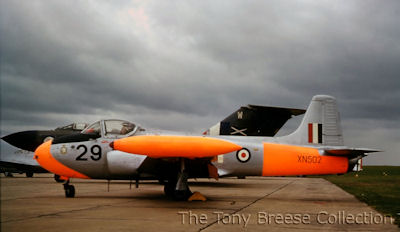
This picture was taken by ( & © ) Tony Breese at Odiham in Sept 1961

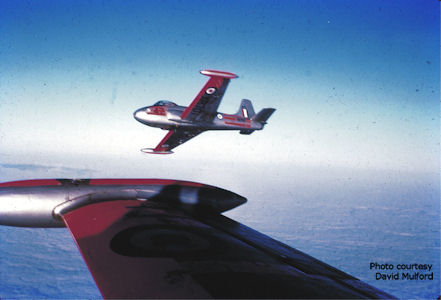
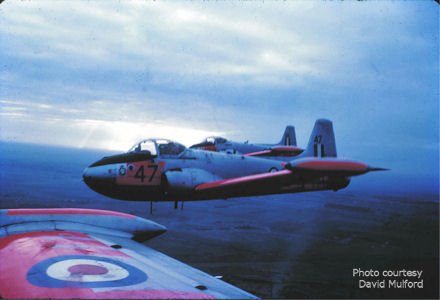
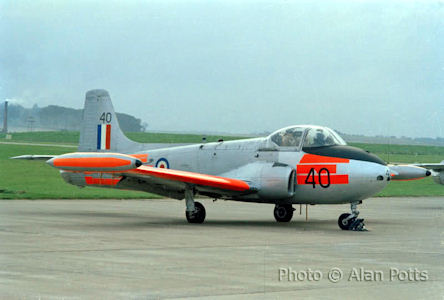
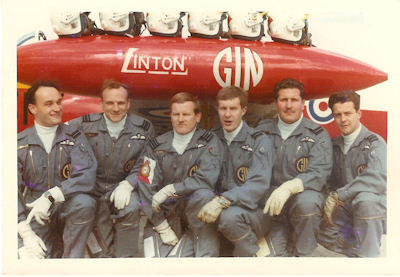
|
The 1972 aircraft had a large vertical yellow sword on the rudder.
The air intake no longer carried a logo.
This picture was taken at Woodford in 1972 by Adrian Balch. |
![The Blades at Woodford, 1972 [© Adrian Balch]](pics/small_blades_72_plane.jpg)
|